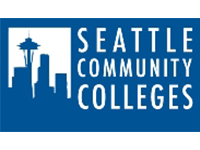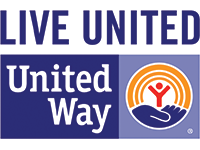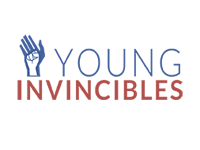Where is the American Dream Today?
•Tiziana Dearing, CEO, Boston Rising
I’m a big believer in convergence — those moments where the same idea or belief gets repeated in the fourth, fifth, or sixth different place and it tells you maybe that idea’s time is ripe. We have been experiencing just such a moment around the American Dream. More people are questioning whether the Dream is actually alive.
About 10 days ago, there was a national summit on the campus of Columbia University called Opportunity Nation. Spurred by Be The Change, an organization started by City Year founderAlan Khazei, and led by entrepreneur Mark Edwards, Opportunity Nation and its summit focused on building a nation-wide “Shared Plan to Restore Opportunity.” Throughout the day-long event, a number of people presented their “opportunity stories,” about how their families converted hard work, education and access to the American marketplace into a better future for themselves and their children. Each story was accompanied by an anxious question — sometimes asked by the speakers, and sometimes by the audience. Does that same opportunity exist for the poor in America today? What happened to the American Dream?
Meanwhile, on the other end of Manhattan, the Occupy Wall Street protests continued. As the picketers hoisted their daily lot of protest signs, Fareed Zakaria enlightened Summit attendees with some alarming data in his talk about “What happened to the American Dream?”
Zakaria noted that historically, the U.S. has had a set pattern of job recovery after coming out of a recession. From 1945 to 1990 it took, on average, six months for jobs to return to their pre-recession levels. But in the recession of the early 1990s, jobs took 15 months to return to pre-recovery levels. According to Zakaria, it took jobs 39 months to come back after the recession of the early 2000s. Today? “The current recession and recovery we are in, we are on track for the jobs to come back 60 months after the economy has recovered. So, that’s five years.” That’s especially disturbing given that there weren’t more than about six years total between those last two recessions.
I doubt the Occupy Wall Street protesters saw Zakaria’s speech. But it seems like the majority are trying to find a way to show that they know instinctively what Zakaria told us in so many words.
On November 3, the same day of the Opportunity Nation Summit kick-off, the Brookings Institute released a new report declaring that the poor in the U.S. grew to an historic high of 46.2 million over the last 10 years. Even more striking, the report noted that, “After declining in the 1990s, the population in extreme-poverty neighborhoods — where at least 40 percent of individuals live below the poverty line — rose by one-third from 2000 to 2005-09.” Then, they delivered the real American Dream kicker:
Compared to 2000, residents of extreme-poverty neighborhoods in 2005-09 were more likely to be white, native-born, high school or college graduates, homeowners, and not receiving public assistance. However, black residents continued to comprise the largest share of the population in these neighborhoods (45 percent), and over two-thirds of residents had a high school diploma or less.
Fast forward a week and go to Boston. The Boston Foundation released a report showing increasing income disparities between the city’s rich and poor. The study found that:
Households at or below poverty and those with very low educational attainment are concentrated in the Roxbury/Dorchester/Mattapan neighborhoods of Boston (Census PUMA 03303). With 42% of its children in poverty, this area represents Massachusetts’ largest concentration of child poverty.
How does Boston Foundation President and CEO Paul Grogan sum up this and the other poverty data he has released? “The American Dream, especially for inner-city families with children, is receding.”
Convergence. The poor are getting poorer. They are increasingly being isolated into ever-poorer neighborhoods, which makes it that much harder to break out. Jobs are not recovering with the recovery, and another recession could hit before they ever do. Our knowledge economy increasingly leaves behind people with poor educational attainment — a factor also correlated with poverty.
Convergence. Americans are no longer all dreaming the same Dream. Let’s all take the steps we must — in education quality and attainment, social safety net funding, job training, job availability, hard work, personal responsibility, innovation, savings — to keep the Dream alive for everyone.









